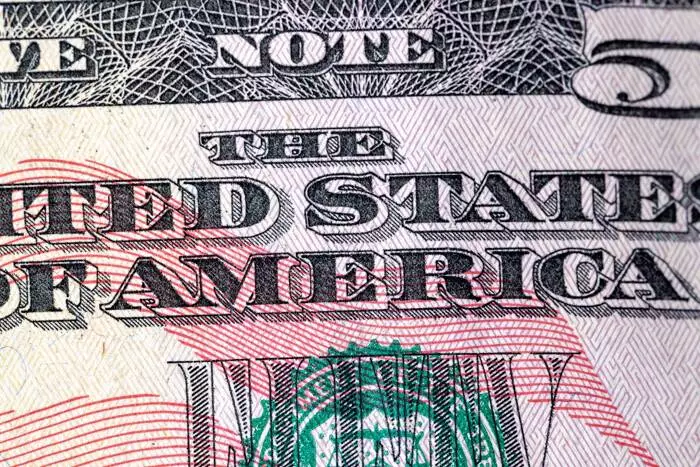The drastic increase in tariffs imposed by the United States on key global players such as China, Japan, and the European Union has sent ripples through financial markets, triggering apprehension among traders and policymakers alike. As of April 2023, the tariffs stand at 54%, 24%, and 20%, respectively, signalling a significant shift in America’s trade policy. The newly introduced universal 10% tariff on all imports, effective April 5, is set to alter the landscape of American commerce and international relations markedly. The initial reactions have been overwhelmingly negative, and the dollar index plunged to six-month lows, symbolizing a potential economic downturn.
There’s an undeniable sense of panic that enveloped the markets as analysts feverishly calculated the impending economic consequences. Speculations abound regarding inflation rates, with some experts forecasting a 1-1.5% increase in Personal Consumption Expenditures (PCE) by the third quarter, courtesy of these ambitious tariff hikes. To many, it may seem like a bold strategy to fund the U.S. government, estimating an influx of around $400 billion—the largest tax increase since 1968. However, the unexpected repercussions of these tariffs could plunge the economy into a quagmire of recession, contradicting the administration’s intentions.
The Aggressive Rhetoric and Its Implications
In the wake of these developments, the responses from China and the EU have been laced with aggression, with both being potential contenders to impose reciprocal tariffs against American goods. The ambiguity surrounding the specifics of their retaliation renders the situation precarious for American businesses and investors, as uncertainty breeds hesitance. As history has shown, Trump’s administration exhibits a tendency towards erratic policy decisions, further complicating the landscape. The past adjustments of tariffs on countries like Canada and Mexico illustrate a pattern of unpredictability that leaves markets on edge, shrouded in uncertainty about the stability of American trade policy.
The looming fear of modified tariffs creates an environment that stymies investment initiatives. Traders find themselves in a landscape devoid of clear direction, hampering their capacity to make well-informed decisions. As any competent investor can surmise, when the rules of the game are foggy at best, the aversion to risk escalates significantly. Concerns are exacerbated by the backdrop of tepid American economic data permeating the last few months, feeding speculation around the Federal Reserve’s policy—two rate cuts expected by mid-summer to combat the predicted downturn.
A Focus on Labor Reports Amid Economic Turbulence
In this high-stakes scenario, it would be remiss to overlook critical upcoming indicators such as the labor report scheduled for April 4. A surprising data release can send waves of volatility cascading through markets. Traders are increasingly wary of the potential for unanticipated shifts in job figures—especially because substantial changes in federal employment could hint at the overall economic health of the nation. The intertwining impacts of tariffs and employment statistics only amplify the uncertainty shrouding the economic outlook.
Currency Markets Responding to Tariff Dynamics
The euro showcased impressive resilience in the face of these alarming tariff announcements, gaining ground against the dollar as investors shifted their focus to international currency markets amidst the tumult. This bullish momentum can be attributed to the recent easing of inflation in the eurozone, which calmed to 2.2% in March—making the euro a comparatively attractive prospect amid rising American inflation. Nevertheless, the European Central Bank remains pressured to implement further cuts, with a collective expectation for a reduction of 0.65% through 2025, creating reluctance for the euro’s value to rise significantly.
As the euro hovers around a critical $1.10 resistance level—without exhibiting overbought characteristics—the outlook remains cautiously optimistic for prospective upward movement. However, the price consolidation above $1.08 suggests that traders might witness a near-term rally, particularly if supportive sentiment materializes. With the fundamentals influenced heavily by international trade relations, the critical support zones near $1.07-1.08 become focal points worth monitoring closely by market participants.
The globalization of trade has ultimately enmeshed nations, making the impacts of domestic policies far-reaching. As the world witnesses these developments unfold, the interplay between trade tariffs and economic indicators becomes critical in understanding the broader ramifications of such policies. It is a time fraught with challenges yet ripe with opportunities for seasoned investors navigating these unmitigated economic waters.

